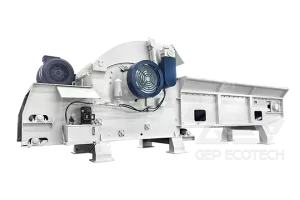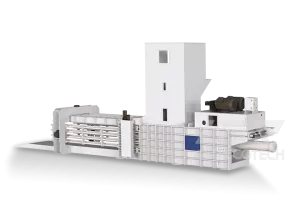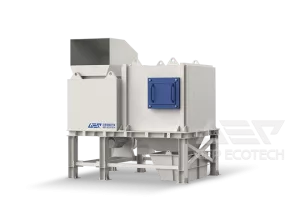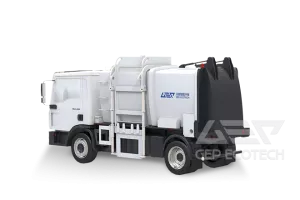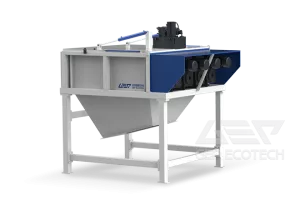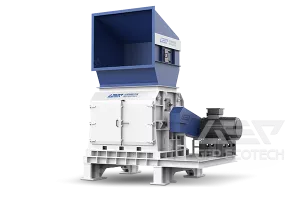The use of aggregates from recycled construction and demolition (C&D) waste in concrete is an innovative and sustainable approach that addresses both environmental concerns and the demand for construction materials. This practice involves processing C&D waste to remove contaminants and then crushing it to produce aggregates that can be used as a substitute for natural aggregates in concrete production. The integration of recycled aggregates in concrete offers numerous benefits and challenges, which we will explore in detail.
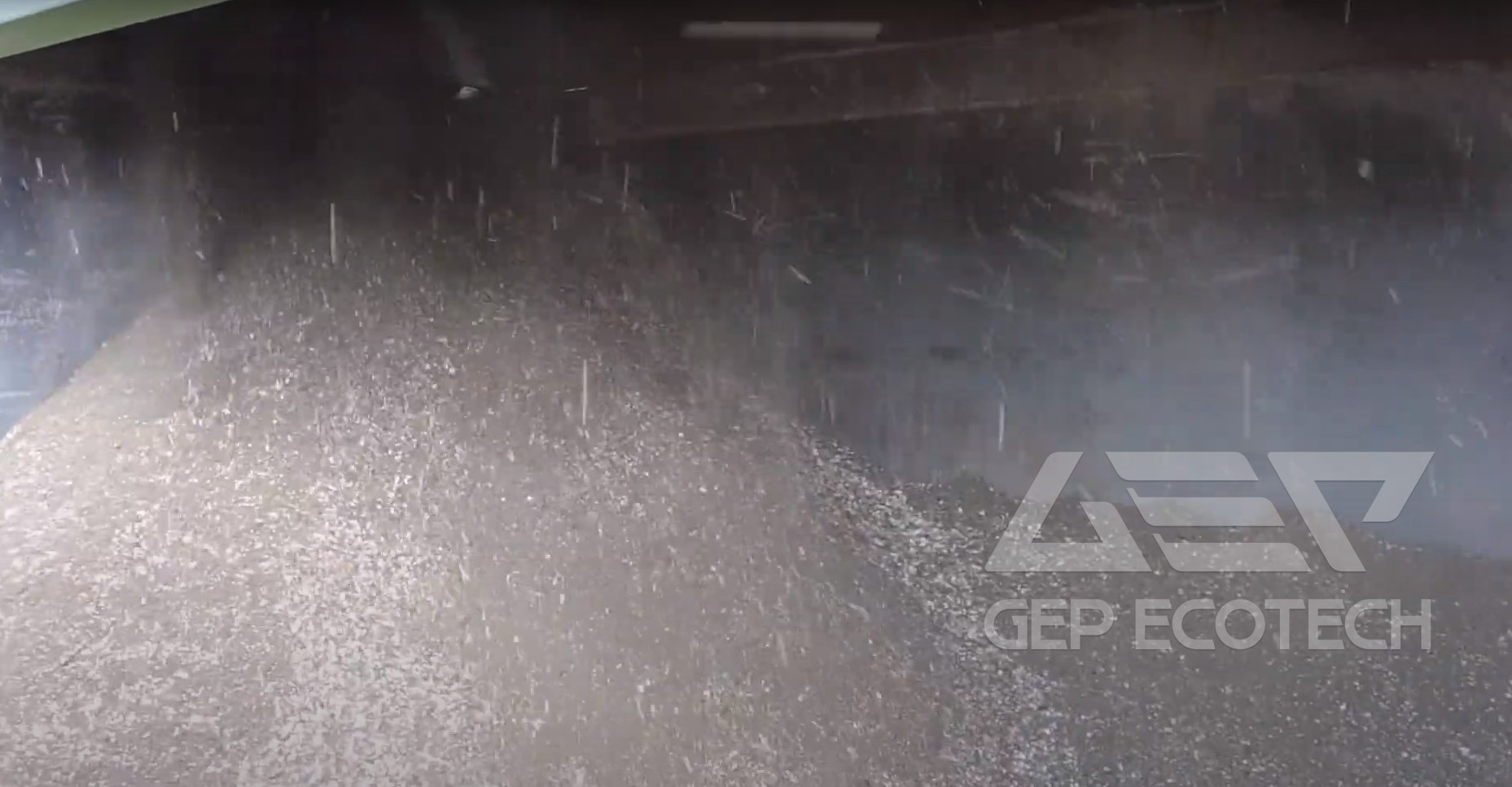
Benefits of Using Recycled Aggregates in Concrete
- Environmental Sustainability: Utilizing recycled aggregates significantly reduces the environmental impact of construction projects. It conserves natural resources by reducing the need for quarrying and mining activities, lowers carbon emissions from transportation, and decreases the amount of waste sent to landfills.
- Economic Efficiency: Recycling C&D waste into aggregates can be cost-effective. It reduces waste disposal costs and can offer cheaper alternatives to natural aggregates, which are becoming increasingly scarce and expensive.
- Energy Conservation: The energy required to produce recycled aggregates is generally lower than that needed for mining and processing natural aggregates, resulting in energy savings.
- Enhancing Durability: Some studies have shown that concrete made with recycled aggregates can have comparable or even superior durability to that made with natural aggregates, depending on the quality of the recycled material and the mix design.
Challenges and Considerations
- Variability in Quality: Recycled aggregates can vary in quality depending on the source of C&D waste, the presence of contaminants, and the effectiveness of the recycling process. This variability can affect the consistency and performance of the concrete.
- Processing Costs: Initial investments in recycling facilities and equipment can be high. Moreover, the processing of C&D waste to produce clean, high-quality aggregates requires advanced technology and expertise.
- Technical Limitations: The use of recycled aggregates in concrete can influence the mix's workability, strength, and durability. Adjustments in the mix design, such as increased cement content or the use of admixtures, may be necessary to achieve desired properties.
- Regulatory and Standards Hurdles: Building codes and standards may not always recognize or allow the use of recycled aggregates in structural applications, limiting their use to non-structural or specific applications unless significant testing and certification are undertaken.
GEP Recycling System Helps C&D Waste Become High-Quality Aggregate
The GEP recycling system offers an innovative solution to transform construction and demolition (C&D) waste into high-quality aggregates. Utilizing advanced sorting, crushing, and screening technologies, it efficiently processes C&D materials, removing contaminants and reducing them to the desired size. This system not only contributes to environmental sustainability by reducing landfill waste and conserving natural resources but also provides economic benefits by producing valuable aggregates for various construction applications. Through its sophisticated approach, the GEP recycling system exemplifies the integration of sustainable practices in waste management, promoting a circular economy in the construction sector.
The use of aggregates from recycled construction and demolition waste in concrete represents a promising path toward more sustainable and responsible construction practices. The GEP recycling system represents a significant advancement in C&D waste management and recycling. By transforming waste into high-quality aggregate, it provides a sustainable solution that benefits the environment, the economy, and the construction industry. As the demand for sustainable construction materials continues to grow, the GEP recycling system is poised to play a crucial role in promoting recycling and conservation practices in the construction sector.


